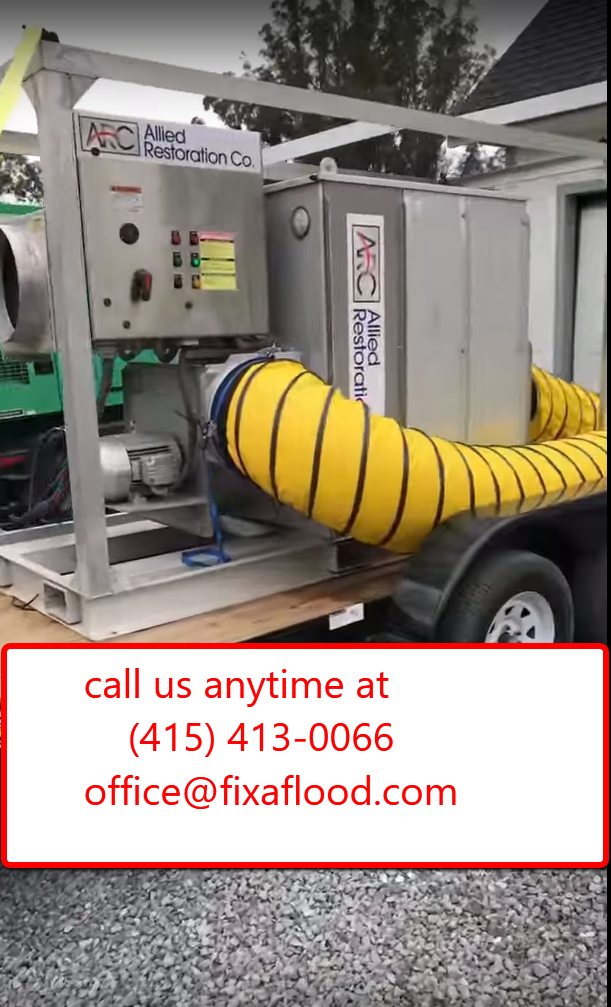Recovering After a Flood
Between hurricanes, monsoons, thunderstorms that come up out of nowhere, or even bursting water pipes, anyone is at risk for flood damage at any time. While there are some precautions that you can make for yourself, it is essential to have a plan for recovery after a flood, especially if you live or work in a place that is at risk. What are the steps you need to take to get your home or workplace back from the floodwaters?
Take care of yourself first.
It is tempting to go back and save important equipment or other possessions, but make sure you and your family are safe first. Possessions can be replaced. People cannot.
Make sure it is safe to go back.
Before going back into your house, be sure the utilities – gas, and electricity, in particular, are turned off. If the flood is caused by a broken water pipe, turn the water off. Make sure there are no chemical spills or sewage backups that could contaminate you.
Call your insurance agent.
Before you start the cleaning process, contact your insurance agent and get them to assess the damage done in your home. This should significantly reduce the costs of cleanup costs you will incur.
Dry out your home.
The longer water stays in your home, the more damage it will do to the floors, walls, and furnishings. You need to clean up the water and any mud or other contaminants in the water, as quickly as possible. First, you need to get out the standing water with pumps and water extractors. Once the standing water is removed, it will be time to turn the power back on.
Restore the utilities.
You will need to find ways to remove the standing water without turning the power and gas back on, but once it has been removed, you will need that power to finish the rest of the work cleaning up your property.
Clean up.
You should go into the cleaning process with the expectation that anything touched by floodwater has been contaminated and must be decontaminated effectively with bleach and water and then dried well. You will need to run dehumidifiers, air conditioning, and fans to dry the areas as quickly as possible. It may seem sensible to open the curtains and let the sunlight help dry the areas affected, but heat-drying, and sunlight, in particular, may bend and warp and wood floors or furniture, permanently damaging it. Cool-drying is a safer method of restoring your flood-damaged home.
Rebuild and floodproof your home.
Finally, you will need to replace any damaged parts of your home that cannot be repaired. As you are making those repairs and replacements, think about ways you can prevent your home from flooding in the future. If the flood was plumbing-related, consider having your other pipes assessed and replaced if they are not secure. If weather is problematic, find ways of building up the foundation around your home to prevent flooding as quickly or as often. Likewise, your roof may need repair if the flooding was due to storm damage.
If you follow these steps, you can recover efficiently and with the least amount of long-term cost and damages due to floods in your home or workplace.

